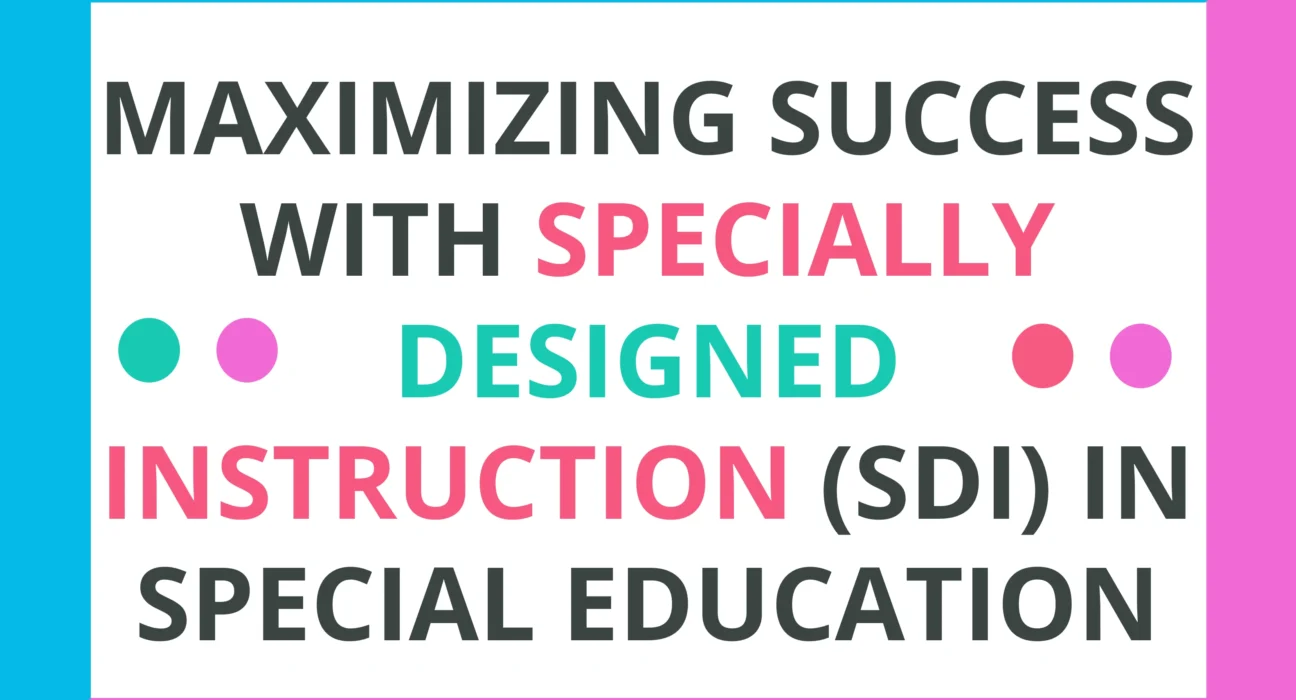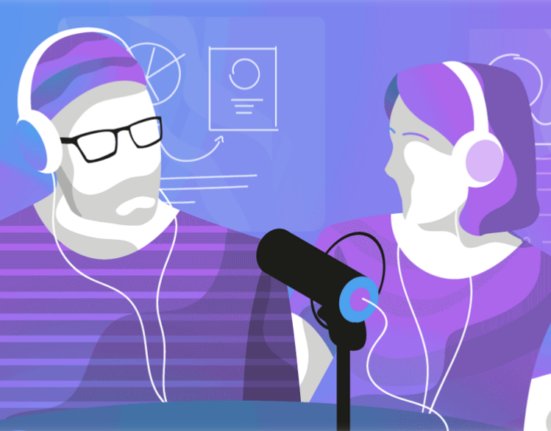Special education plays a vital role in supporting students with disabilities, ensuring they have access to the same educational opportunities as their peers. Central to this mission is Specially Designed Instruction (SDI), a powerful tool that tailors teaching methods to meet the unique needs of each student. This guide explores how SDI can transform learning experiences and maximize success for students in special education.

Table of Contents
What is Specially Designed Instruction (SDI)?
Specially Designed Instruction (SDI) refers to customized teaching strategies aimed at addressing the individual needs of students with disabilities. Unlike general education instruction, SDI adapts the content, methodology, and delivery of lessons to ensure every student can engage with and understand the material. This individualized approach is a cornerstone of the Individualized Education Program (IEP), which outlines specific educational goals and the methods used to achieve them.
Why SDI is Crucial in Special Education
SDI is not just a teaching method—it’s a critical lifeline for students who might otherwise struggle to access the curriculum. By modifying instruction to fit the unique learning styles of students with disabilities, SDI ensures that all students have the opportunity to succeed. Without these tailored strategies, many students would be unable to reach their full academic potential.
Legal Requirements for SDI
Under the Individuals with Disabilities Education Act (IDEA), SDI is a legally required component of the IEP. This law ensures that all students with disabilities receive a Free Appropriate Public Education (FAPE), which includes access to SDI. The IEP team, including parents, teachers, and specialists, works together to develop a plan that outlines the SDI necessary for the student’s success.
Key Components of Specially Designed Instruction
Effective SDI involves several key components that work together to create a supportive learning environment:
- Content Adaptation: Adjusting what is taught to align with the student’s abilities. This could mean simplifying texts, breaking down complex ideas, or using more accessible language.
- Methodology Modification: Changing how the material is taught. For example, using hands-on activities for kinesthetic learners or visual aids for visual learners.
- Delivery Adjustments: Altering the way instruction is delivered, such as providing extra time for assignments, offering lessons in smaller groups, or using assistive technology.
Developing an Effective SDI Plan
Creating a successful SDI plan begins with a comprehensive assessment of the student’s needs. The IEP team must consider the student’s strengths, challenges, and learning preferences. Based on this information, they can develop a plan that specifies the types of SDI that will be provided, how often, and for how long. The plan should include clear, measurable goals to track the student’s progress.
Examples of SDI in Action
SDI can take many forms depending on the student’s needs. Here are some examples:
- Modified Reading Materials: Providing simplified reading passages or alternative texts at a lower reading level.
- Visual Supports: Using charts, graphs, and images to help students better understand complex concepts.
- Assistive Technology: Implementing tools like speech-to-text software, audio books, or communication devices.
- Behavioral Interventions: Utilizing strategies like behavior contracts, social stories, or positive reinforcement to support behavioral and emotional needs.
Challenges in Implementing SDI
Despite its importance, implementing SDI can be challenging. Schools may face obstacles such as limited resources, time constraints, and the need for specialized training. Teachers must also balance the individual needs of students with the demands of the broader classroom environment.
Strategies to Overcome SDI Implementation Challenges
To effectively implement SDI, schools and educators can adopt several strategies:
- Leverage Educational Technology: Technology can be a game-changer, offering tools that cater to various learning styles and making SDI easier to deliver.
- Foster Collaboration: Encouraging collaboration among general and special education teachers, specialists, and administrators can lead to more effective and coordinated SDI.
- Regularly Assess and Adjust: Continuous assessment of SDI effectiveness allows educators to make necessary adjustments and ensure that the strategies are meeting the student’s needs.
Measuring the Success of SDI
The success of SDI is measured through continuous monitoring and evaluation. Teachers and IEP teams must regularly assess whether the SDI is helping the student achieve their educational goals. This involves collecting data, observing student progress, and making adjustments to the SDI plan as needed.
The Future of SDI in Special Education
As education continues to evolve, so too will the methods used in SDI. Advances in technology and ongoing research into learning disabilities promise to make SDI even more effective, helping educators create more inclusive and supportive learning environments. The future of SDI lies in its ability to adapt to new challenges and opportunities, ensuring that all students can thrive in the classroom.
Frequently Asked Questions
What is the goal of Specially Designed Instruction?
The primary goal of SDI is to modify teaching methods, content, and delivery to help students with disabilities access the general curriculum and succeed academically.
How does SDI differ from general education?
SDI is tailored specifically to the needs of students with disabilities, whereas general education uses standard instructional methods designed for the broader student population.
Can SDI be implemented in a regular classroom setting?
Yes, SDI can be effectively implemented in an inclusive classroom where students with disabilities learn alongside their peers. The key is to provide the necessary supports and modifications to meet each student’s needs.
How is the effectiveness of SDI evaluated?
Effectiveness is evaluated through ongoing assessment, progress monitoring, and feedback from educators, students, and parents. The IEP team regularly reviews the student’s progress and adjusts the SDI plan as necessary.
What challenges might educators face with SDI?
Common challenges include resource limitations, time constraints, and the need for specialized training. Teachers must also manage the diverse needs of students in a classroom.
What are some examples of SDI?
Examples of SDI include providing modified reading materials, using visual aids, implementing assistive technology, and applying behavioral interventions tailored to the student’s needs.
Conclusion
Specially Designed Instruction (SDI) is an essential part of special education, providing the customized support that students with disabilities need to succeed. By adapting instruction to meet individual needs, SDI ensures that all students have the opportunity to achieve their educational goals. As the landscape of education continues to evolve, SDI will remain a critical tool in creating inclusive and effective learning environments.






